Did you know: According to recent studies, improper pruning in the fall accounts for over 40% of tree loss in North American suburban landscapes each year. Proper fall tree maintenance isn’t just about raking leaves—avoiding the most common mistakes now can mean the difference between a vibrant, resilient yard and costly tree removals come spring. This comprehensive guide will equip you with the latest advice, actionable care tips, and expert insights, so you safeguard your landscape’s value and beauty through the fall and far beyond.
A Surprising Truth About Fall Tree Maintenance: Why Timing and Precision Matter
Many homeowners think that any type of tree care can be done at any time of the year, but fall tree maintenance is unique. Timing is critical: prune or fertilize too early or late and you risk sending your trees into winter unprepared. Precision is just as crucial—over-pruning and neglected inspections can weaken your trees, leaving them open to disease, storm damage, and loss of fall color. Adhering to thoughtful, season-specific care tips and consulting certified arborists ensures that your trees and shrubs enter the colder months strong and healthy. Understanding these facts places you among the savvy few who preserve the full splendor and safety of their autumn landscapes.
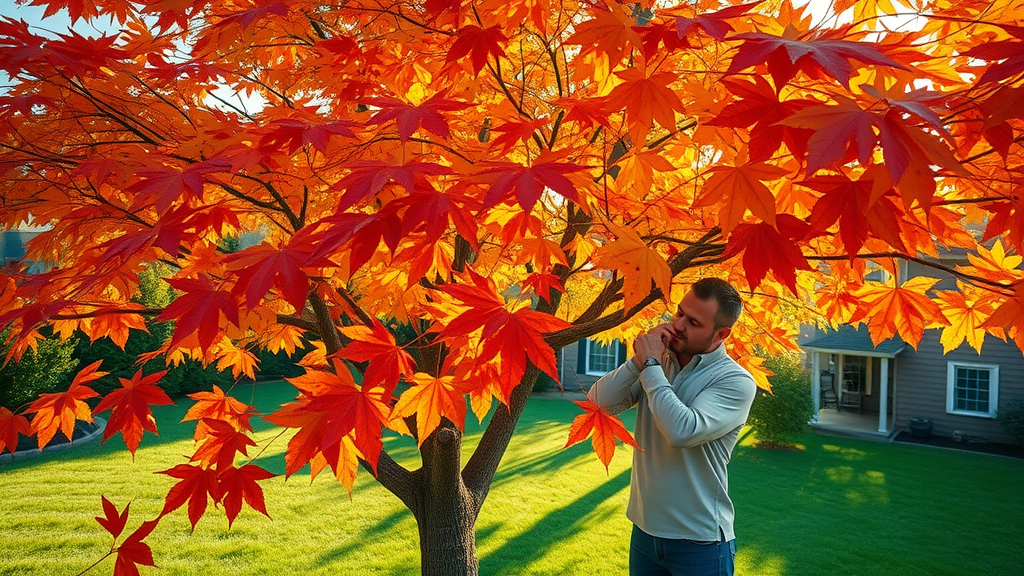
What You'll Learn About Fall Tree Maintenance and Essential Fall Tree Care
- Key techniques and proven care tips for fall tree maintenance
- Common mistakes to avoid for healthy trees and shrubs
- Best practices from certified arborist insights
- How fall tree maintenance preserves fall color and landscape value
- Legal considerations for tree care in New Jersey
The Foundations of Fall Tree Maintenance: Understanding the Seasonal Needs
How Fall Tree Maintenance Differs from Other Seasons
Fall is a transitional phase for tree care, when trees and shrubs prepare for the challenges of the coming winter months. Unlike spring, which is a time for active growth and planting, or summer, when the focus is on watering and shading, fall tree maintenance is all about fortifying your landscape. Cooler temperatures and shorter days signal growing dormancy but also create ideal conditions for targeted pruning, pest inspection, and mulching. These care tips are different from those for other times of the year, largely because the soil moisture, nutrient needs, and vulnerability of your trees and shrubs all change as autumn advances. Understanding these seasonal needs helps ensure a healthy root system and lasting fall color.
For example, applying a proper layer of mulch around the base of your trees in the fall helps retain moisture and insulate roots, especially as soil temperatures drop. Unlike winter, when the focus is on protecting against deep freezes, or spring, when supporting new root growth takes priority, fall is the critical moment to address damage, bolster nutrients, and shield trees from the stress of impending cold. This seasonal difference is key to fall tree care that goes beyond simple appearances and builds real resilience year after year.
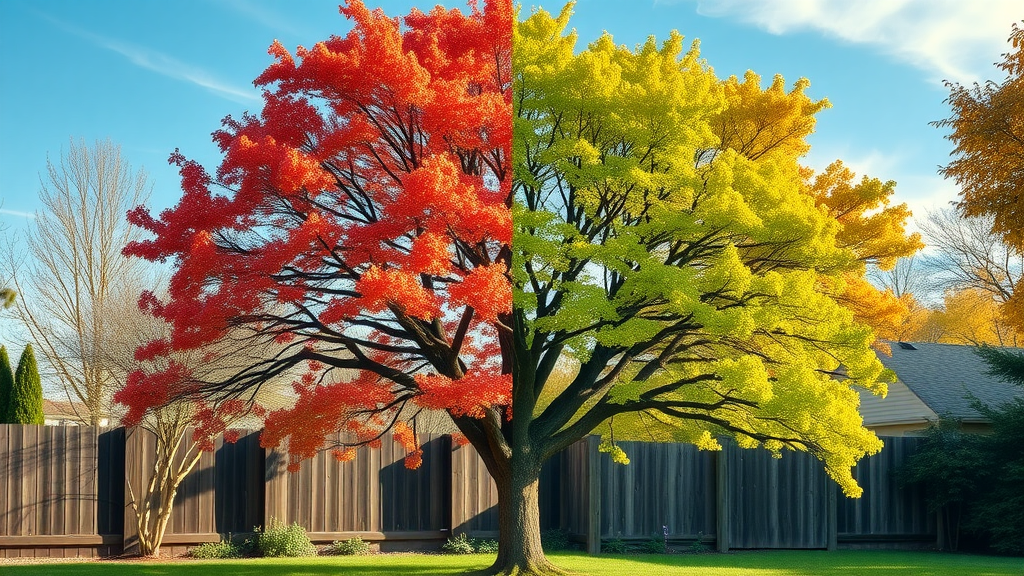
Importance of Fall Tree Care for Trees and Shrubs
Trees and shrubs enter a delicate state in the fall as they wind down from a season of active growth and brace for the winter months. Fall tree maintenance is essential because it directly influences the survival, health, and appearance of your landscape. If neglected, dead branches, pest infestations, or depleted soil moisture can quickly escalate into major issues once the ground freeze sets in. A smart, timely care tip is to address these problems proactively. Inspecting for structural issues, applying organic mulch, and removing diseased or dead branch segments can stabilize trees, reduce hazards, and prevent the spread of disease.
Moreover, proper fall tree care fosters lasting fall color and strong root systems, resulting in a vibrant landscape now and rapid recovery next spring. The benefits even extend to compliance: cities and towns, like those in New Jersey, require property owners to maintain the safety and health of their trees and shrubs to prevent damage or legal disputes. Leveraging expert care tips now will set your trees up for seasonal success and lasting health.
Top Fall Tree Maintenance Care Tips for Every Homeowner
- Inspect for Dead or Damaged Limbs
- Prune Dead Branches as Recommended
- Mulch for Winter Protection
- Water Wisely in Late Season
- Fertilize with Appropriate Nutrients
- Check for Pest and Disease Threats
"Proper fall tree maintenance is not only about appearance—it’s essential for tree vitality and longevity.” — Certified Arborist, Tree Guardian News
Consistent attention to these essential care tips is the foundation of effective fall tree maintenance. Begin the season by giving your trees a careful inspection: Look for any sign of decay, dead branch structures, or evidence of pests. For every healthy tree, only prune dead or damaged limbs, as aggressive cuts can weaken the root system. Apply a thick, but not suffocating, layer of mulch—this protects roots from erratic temperatures and helps retain moisture as the ground freezes. Deep watering before winter also maintains vital soil moisture and supports root growth, especially valuable for young or recently transplanted trees.
Fertilize when appropriate, choosing slow-release, balanced formulas rich in organic matter to prepare your tree’s nutrient reserves for a healthy spring. Finally, monitor trees and shrubs for any developing pest or disease issues, as catching these early is crucial. Remember: a few focused actions now pay major dividends, ensuring your landscape’s safety and beauty through the harshest months.
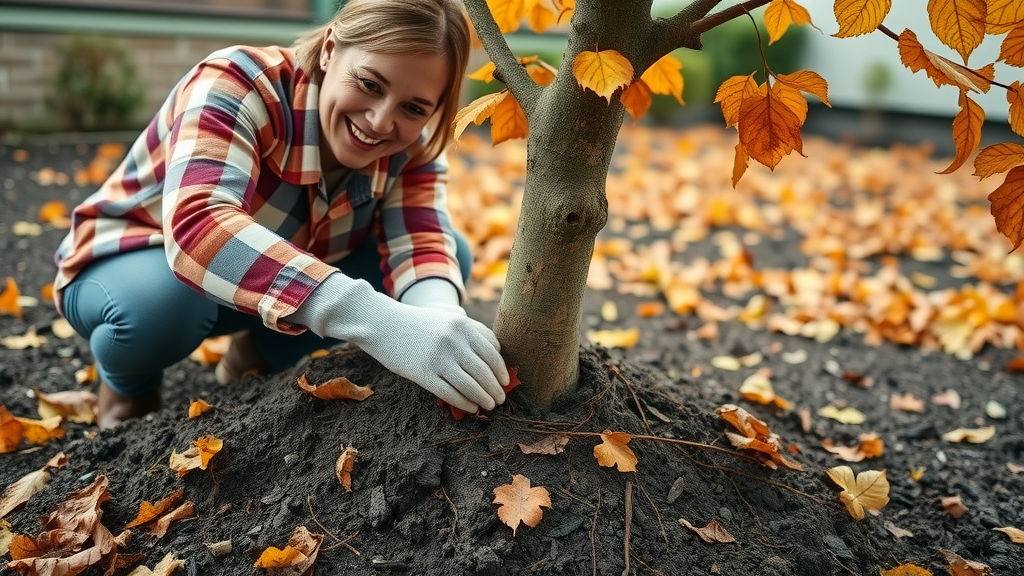
Avoiding Common Fall Tree Maintenance Mistakes
- Over Pruning and Incorrect Timing
- Neglecting Soil Health and Mulching
- Skipping Inspections for Pests or Disease
- Improper Fertilizer Application
- Ignoring the Care Needs of Different Trees and Shrubs
Many homeowners unintentionally compromise their landscape by overlooking common pitfalls in fall tree maintenance. Over pruning—especially major removal of healthy, living limbs—can expose trees to frost injury, sap loss, and stunted growth next spring. Timing is everything: pruning at the wrong phase may delay dormancy or redirect stored energy. Soil health is just as crucial, but often neglected. Forgetting an adequate layer of mulch or failing to replenish organic matter leaves the base of your tree unprotected as temperatures plummet.
Another significant mistake is ignoring pest and disease inspections. What appears to be minor leaf spots or pest holes could escalate into systemic threats when trees are stressed by cold weather. Misapplication of fertilizer is also frequent: using fast-acting or high-nitrogen products can confuse dormancy signals. Lastly, treating all trees and shrubs the same disregards species-specific needs—evergreen tree species, for example, have different water and mulching requirements than deciduous ones. Avoid these errors with guidance from certified professionals and by staying attentive to detail.
| Common Mistake | Expert-Recommended Solution |
|---|---|
| Over pruning healthy branches in fall | Only prune dead or hazard branches; reserve major pruning for late winter/early spring |
| Neglecting mulching or using thick wood chips directly against trunk | Apply organic mulch, keeping it a few inches away from the trunk to protect roots and prevent rot |
| Skipping pest and disease inspection | Inspect regularly for warning signs; act early on issues |
| Improper fertilizer application | Use slow-release, balanced nutrients tailored to specific species |
| Treating all tree species the same | Adjust care for tree type: evergreens, deciduous trees, and shrubs all have unique needs |

The Role of a Certified Arborist in Effective Fall Tree Maintenance
When to Call a Certified Arborist
While many aspects of fall tree maintenance can be managed by homeowners, some tasks benefit greatly from a professional’s expertise. If you notice structural weaknesses, extensive pest infestations, or major disease symptoms—such as large sections of dieback or oozing wounds—a certified arborist should be consulted immediately. Arborists are equipped to diagnose complex problems and can recommend species-specific interventions. In addition, when large limbs or tall trees are involved, safety and proper tool use make calling a certified arborist a wise, often necessary, decision.
Storm preparation and damage assessment also fall under an arborist’s purview as autumn storms can break weakened branches or compromise root stability. Rather than risk injury or worsening problems, homeowners are encouraged to involve certified professionals as soon as issues become evident during seasonal inspections.
Key Services Arborists Provide in the Fall
In addition to expert pruning and structural assessments, certified arborists provide a full suite of fall-specific services. They can apply targeted treatments for pests and diseases, install cabling or bracing for weakened limbs, and recommend customized nutritional plans based on soil tests. Arborists also oversee large-scale removals—such as dangerous, unstable trees—ensuring that all work complies with local safety and environmental regulations.
Homeowners benefit from an arborist’s up-to-date knowledge of state and county laws, particularly for border trees or those with shared responsibilities. With their guidance, your fall tree care practices are safer, more effective, and more likely to sustain vibrant fall color and healthy root growth throughout the winter.
Preserving Fall Color: How Fall Tree Maintenance Impacts Vibrant Landscapes
Selecting Trees and Shrubs for Fall Color
Not all trees are equally suited for brilliant autumn displays, but fall tree maintenance can maximize the impact of both new and established plantings. If you’re planning additions to your yard, select deciduous trees such as maples, oaks, and sweetgums for their renowned fall color. Shrubs like burning bush and ninebark also contribute rich reds and golds as temperatures drop. Autumn is an ideal time to plant many of these trees and shrubs since cooler weather encourages strong root growth without the stress of summer heat.
When choosing varieties, pay attention to disease resistance and hardiness zones that match your region. Making informed choices now pays off with a colorful canopy and reduced maintenance down the road.
Best Care Tips for Lasting Color Through Maintenance
Once you’ve selected your trees and shrubs, ongoing care is essential to maintain and enhance fall color. The first key is soil health: regular applications of organic mulch and composted material add organic matter, retain soil moisture, and buffer temperature swings, all of which promote vivid leaf displays. Watering deeply before ground freeze is especially important, as it supports the root system through winter months and enables a robust showing next year.
Avoid pruning healthy, living branches in autumn, as this can stress trees and disrupt next season’s foliage. Focus on removing only dead or crossing limbs, particularly from the base of your tree. Finally, monitor closely for pests, as infestations can dull or prematurely end fall color. A proactive, species-appropriate fall tree care routine not only safeguards health but transforms your outdoor space into a seasonal showpiece.

People Also Ask: How do you take care of trees in the fall?
To care for trees in the fall, use these fall tree maintenance strategies: inspect for structural issues, prune dead or diseased branches, apply mulch, water as needed, and consult a certified arborist for tailored care tips.
Proper fall tree maintenance starts with a thorough inspection of each tree’s limbs and trunk to identify potential problems. Remove any dead or diseased branches using pruning shears or saws, taking care not to harm healthy tissues. Spread organic mulch, such as compost or wood chips, around the base of the tree—but not against the trunk—to preserve soil moisture and insulate roots. Water as needed, especially if rainfall is low, to ensure soil remains moist before the ground freeze. For major concerns or complex jobs, a certified arborist provides invaluable expertise and ensures your trees and shrubs receive the right care tips for their type and location.
People Also Ask: What is the law on tree falling in New Jersey?
In New Jersey, tree laws generally hold property owners responsible for maintaining their trees. Proper fall tree maintenance helps minimize risks and ensures compliance with local ordinances regarding trees and shrubs.
In New Jersey, both state law and municipal ordinances frequently require that property owners keep their trees and shrubs well-maintained to avoid creating safety hazards. This means undertaking regular fall tree care to address dead branch removal, pest management, and overall health—not only for aesthetic value, but also for legal compliance. Failure to carry out seasonal maintenance can result in liability if a neglected tree or limb causes property damage or personal injury. Having detailed fall tree maintenance records and working with a certified arborist can help demonstrate your commitment to responsible stewardship and protect you from legal complications.
People Also Ask: Are you supposed to trim trees in the fall?
Trimming, or pruning, should be selective in fall tree maintenance. Only prune dead or diseased limbs in the fall. Major pruning is best saved for dormancy in late winter or early spring for most trees and shrubs.
While it may be tempting to trim trees aggressively for a tidy fall landscape, experts recommend restraint during autumn. Care tips from certified arborists stress that only dead, damaged, or hazardous limbs should be removed as part of fall tree maintenance. Healthy, structural pruning—including shaping and thinning—should be postponed until trees are fully dormant, usually in late winter or early spring. This timing reduces the risk of winter injury, preserves energy stores, and optimizes regrowth when warmer weather returns. Use sharp, clean tools to prune dead wood and always avoid making flush cuts that could harm the tree’s ability to seal wounds.
People Also Ask: What part of a tree should not be cut in the fall?
Avoid heavy trimming of healthy, living branches during fall tree maintenance. Focus solely on removing deadwood or hazards, as aggressive pruning can stress trees and impact next season’s fall color and health.
One of the most common fall tree care mistakes is cutting back large, living sections of healthy wood in the autumn. This practice disrupts the tree’s internal balance, depletes energy required for winter survival, and exposes open wounds when the risk of infection is highest. Instead, confine fall tree maintenance pruning to obviously dead branches, crossing limbs that rub, or those that present immediate hazards. Save significant shaping and reduction for later in the dormant season, when trees are best equipped to heal and redirect growth. By focusing only on what is necessary in the fall, you lay the groundwork for vibrant fall color and safe, sturdy trees each year.
Frequently Asked Questions on Fall Tree Maintenance
-
Can fall tree care prevent storm damage?
Yes, proactive inspections, pruning dead branches, and strengthening root systems with mulch and deep watering can dramatically lower the risk of broken limbs and uprooting during autumn and winter storms. -
What are the safest DIY fall tree maintenance practices?
Only perform manageable tasks: visually inspect trees, remove small dead branches you can safely reach, apply mulch without piling it against the trunk, and water as weather allows. Wear gloves and eye protection, and leave large jobs to certified arborists. -
Is fertilizing necessary every fall for all trees?
Not necessarily. Most established trees do not require annual fertilization; test your soil first and consult an arborist if nutrient deficiencies are present. Young or stressed trees may benefit from a targeted slow-release fertilizer. -
Should I use a specific mulch for fall tree maintenance?
Organic mulches such as shredded bark, leaf mold, or compost are preferred. These insulate roots, retain moisture, and add organic matter as they decompose, improving soil health for all tree species. -
What warning signs indicate disease or pest issues in fall?
Watch for discolored leaves that persist after others fall, visible fungi or cankers on the bark, sawdust at the base of the tree, or unusual insect activity. Early intervention in fall can prevent bigger problems come spring.
Key Takeaways: Fall Tree Maintenance for Lasting Results
- Start with inspection and targeted pruning
- Mulching and deep watering protect roots
- Work with certified arborists for major concerns
- Adapt care tips for specific tree species
- Proper fall tree maintenance sets up a healthy spring
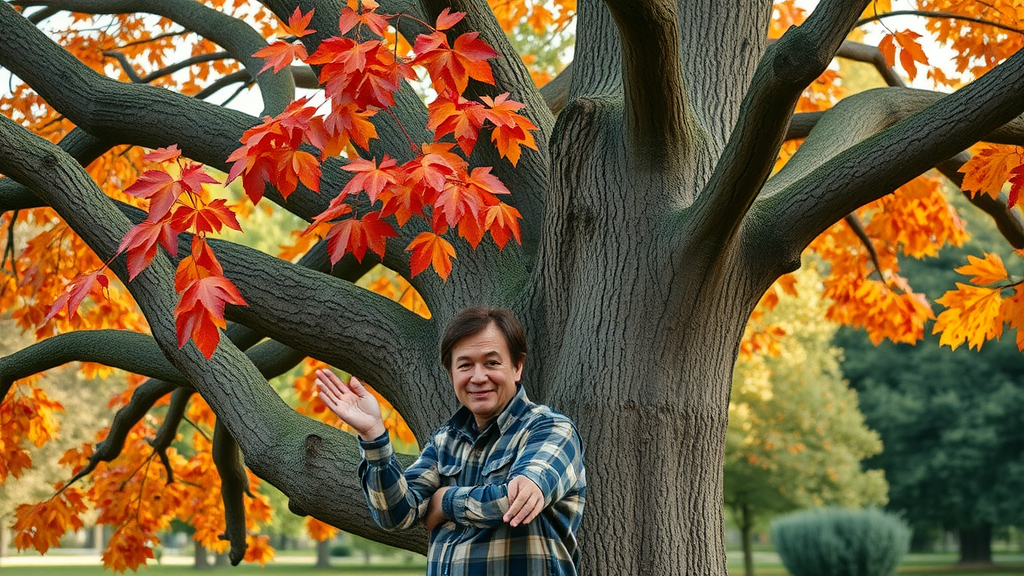
Conclusion: Prioritize Fall Tree Maintenance for Beautiful, Resilient Trees
Prioritizing fall tree maintenance is the easiest way to ensure the lasting beauty, safety, and vitality of your landscape—for this season and the next.
Share Your Insights on Tree Care -- Call 203-271-7991 to Discuss!
Have tips or questions about fall tree maintenance? Join the conversation or consult with Tree Guardian News for guidance tailored to your landscape—call 203-271-7991 today!
To enhance your understanding of fall tree maintenance, consider exploring the following resources:
This guide offers practical advice on fertilizing, mulching, and inspecting trees during the fall season to ensure their health and resilience through winter.
This article emphasizes the importance of proper pruning, tree wrapping, and planting new trees in the fall to promote robust growth and prevent winter damage.
By consulting these resources, you’ll gain valuable insights into effective fall tree care practices that can help maintain the beauty and health of your landscape.
 Add Row
Add Row  Add
Add 


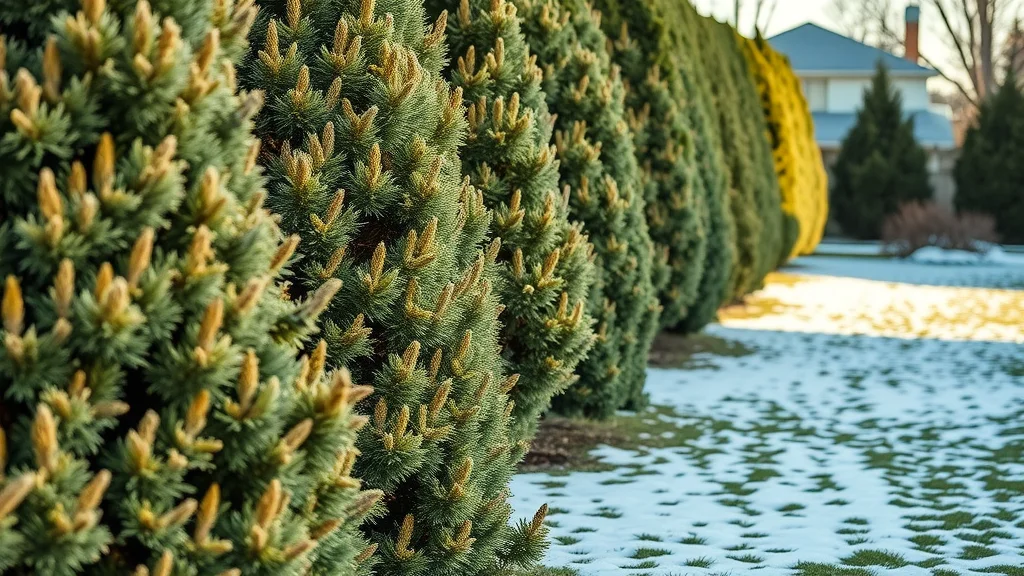
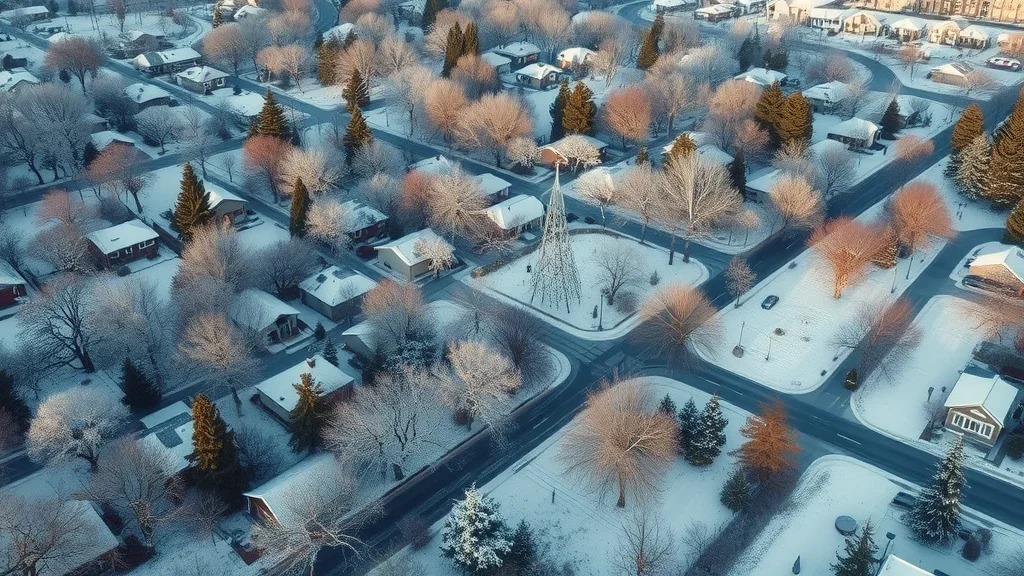
Write A Comment